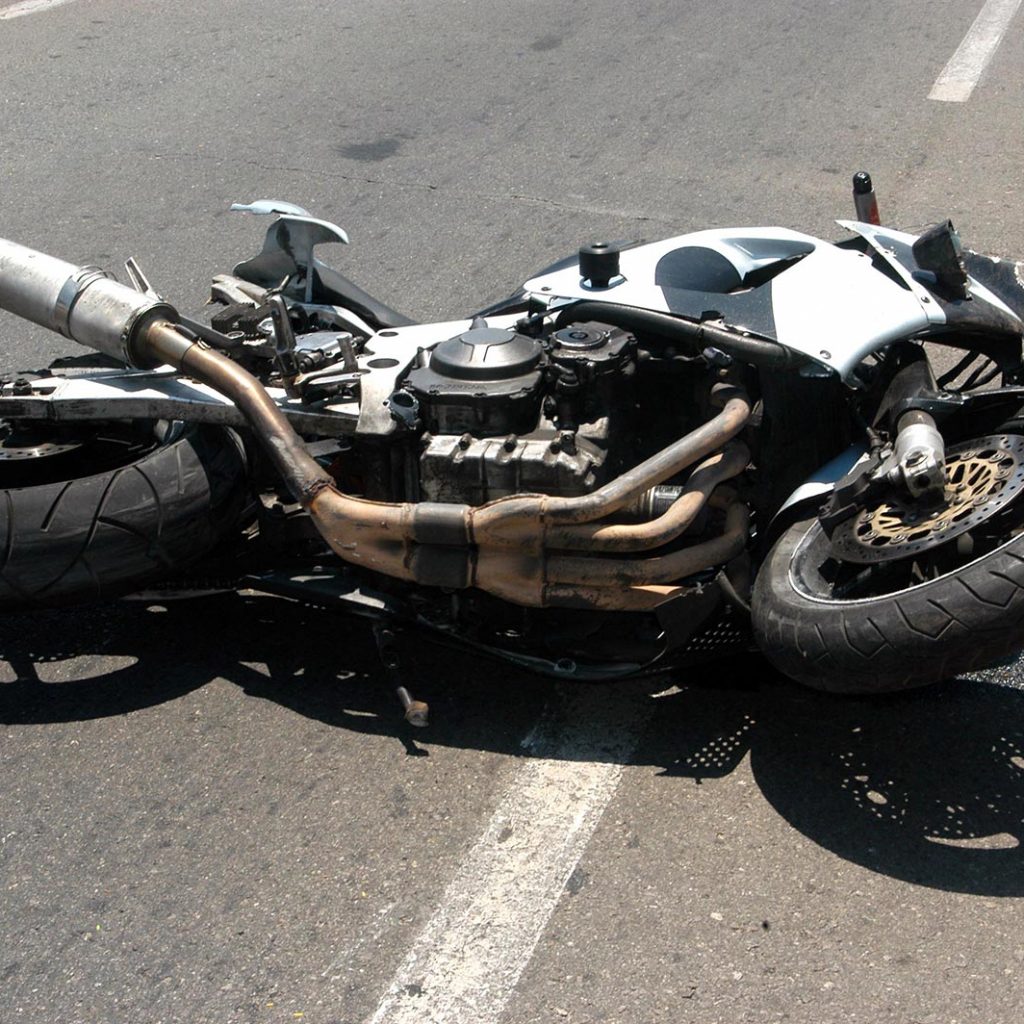
The recent tragedy where a 1 1/2 year old boy was thrown from a vehicle due to only being in a seatbelt and not the appropriate child restraint seat; calls for a reminder of the importance of such devices. After swerving to miss a tire in the road, the mother lost control of the car and the vehicle rolled several times before slamming into an 18-foot wall. The child was ejected from the car and flew over the 18-foot wall before landing in a grassy yard where a retired couple found him, lucky to be alive, and relatively unhurt.
Seatbelts are not adequate protection for a child in the case of an accident which is why the law governs the use of child safety seats. We at McGahren Law care about the safety of you and your children. Failure to use the proper child restraint system can result in many types of injury including; head injury, broken bones, bruises and cuts. It may also lead to the child flying over the front seat in the case of a sudden stop or an accident or, as in this case, result in the child being catapulted from the vehicle all together and resulting in severe injury or even death. The child in this Florida case was extremely lucky to have survived without serious injury. Please watch out for your children and any other children you transport in your vehicle by following the current Georgia statute regarding the use of child restraints.
The recent tragedy where a 1 1/2 year old boy was thrown from a vehicle due to only being in a seatbelt and not the appropriate child restraint seat; calls for a reminder of the importance of such devices. After swerving to miss a tire in the road, the mother lost control of the car and the vehicle rolled several times before slamming into an 18-foot wall. The child was ejected from the car and flew over the 18-foot wall before landing in a grassy yard where a retired couple found him, lucky to be alive, and relatively unhurt.
Seatbelts are not adequate protection for a child in the case of an accident which is why the law governs the use of child safety seats. We at McGahren Law care about the safety of you and your children. Failure to use the proper child restraint system can result in many types of injury including; head injury, broken bones, bruises and cuts. It may also lead to the child flying over the front seat in the case of a sudden stop or an accident or, as in this case, result in the child being catapulted from the vehicle all together and resulting in severe injury or even death. The child in this Florida case was extremely lucky to have survived without serious injury. Please watch out for your children and any other children you transport in your vehicle by following the current Georgia statute regarding the use of child restraints.
O.C.G.A. 40-8-76. Safety belts required as equipment; safety restraints for children four years of age or younger
(a) No new private passenger automobile manufactured after January 1, 1964, shall be sold to the general public in this state unless such automobile shall be equipped with two sets of safety belts for the front seat thereof. The safety belts may be installed by the manufacturer prior to delivery to the dealer, or they may be installed by the dealer.
(b)(1) Every driver who transports a child under six years of age in a passenger automobile, van, or pickup truck, other than a taxicab as defined by Code Section 33-34-5.1 or a public transit vehicle as defined by Code Section 16-5-20, shall, while such motor vehicle is in motion and operated on a public road, street, or highway of this state, provide for the proper restraint of such child in a child passenger restraining system appropriate for such child’s height and weight and approved by the United States Department of Transportation under provisions of Federal Motor Vehicle Safety Standard 213 in effect on January 1, 1983, or at the time of manufacture, subject to the following specific requirements and exceptions:
(A) Any such child weighing at least 40 pounds may be secured by a lap belt when:
(i) The vehicle is not equipped with both lap and shoulder belts; or
(ii) Not including the driver’s seat, the vehicle is equipped with one or more lap and shoulder belts that are all being used to properly restrain other children;
(B) Any such child shall be properly restrained in a rear seat of the motor vehicle consistent with the requirements of this paragraph. If the vehicle has no rear seating position appropriate for correctly restraining a child or all appropriate rear seating positions are occupied by other children, any such child may be properly restrained in a front seat consistent with the requirements of this paragraph;
(C) A driver shall not be deemed to be complying with the provisions of this paragraph unless any child passenger restraining system required by this paragraph is installed and being used in accordance with the manufacturer’s directions for such system; and
(D) The provisions of this paragraph shall not apply when the child’s parent or guardian either obtains a physician’s written statement that a physical or medical condition of the child prevents placing or restraining him or her in the manner required by this paragraph. If the parent or guardian can show the child’s height is over 4 feet and 9 inches, such child shall be restrained in a safety belt as required in Code Section 40-8-76.1.
(2) Upon a first conviction of an offense under this subsection, the defendant shall be punished by a fine of not more than $50.00, except in the case of a child who is five years of age, if the defendant shows to the court having jurisdiction of the case that a child passenger restraining system meeting the applicable requirements of this subsection has been purchased by him or her after the time of the offense and prior to the court appearance, the court may waive or suspend the fine for such first conviction. This exception shall apply until January 1, 2005. Upon a second or subsequent conviction of an offense under this subsection, the defendant shall be punished by a fine of not more than $100.00. No court shall impose any additional fees or surcharges to a fine for such a violation. The court imposing a fine for any violation of this Code section shall forward a record of the disposition of the cases annually to the Department of Public Safety for the sole purpose of data collection on a county by county basis.
(c) Violation of this Code section shall not constitute negligence per se nor contributory negligence per se. Violation of subsection (b) of this Code section shall not be the basis for cancellation of coverage or increase in insurance rates.
(d) The provisions of this Code section shall not apply to buses, as defined in paragraph (7) of Code Section 40-1-1, used in the transport of children over four years of age until July 1, 2007, provided that the bus is operated by a licensed or commissioned child care facility, has a current annual transportation safety inspection certificate as required by the appropriate licensing body, and has evidence of being inspected for use by a child care facility. If the bus is not a school bus, as defined in paragraph (55) of Code Section 40-1-1, or a multifunction school activities bus, as defined in 49 C.F.R. 571.3(B), each child over four years of age and under six years of age shall be properly restrained by a safety belt. Multifunction school activities buses, as defined in 49 C.F.R. 571.3(B), shall not be required to transport children five years of age in a child passenger restraining system.
DISCLAIMER: The information herein is for educational purposes only and does not constitute legal advice. For any legal matters, we urge you to take the advice of an attorney familiar with your case.



